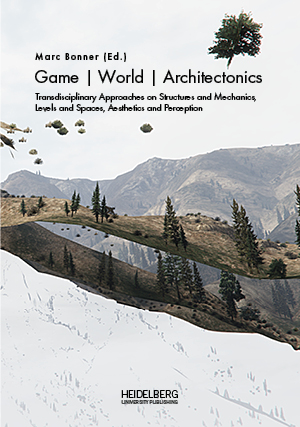Zitationsvorschlag
Lizenz (Kapitel)

Dieses Werk steht unter der Lizenz Creative Commons Namensnennung - Weitergabe unter gleichen Bedingungen 4.0 International.
Identifier (Buch)
Veröffentlicht
The Aesthetics of Non-Euclidean Game Spaces
Multistability and Object Permanence in "Antichamber" and "P.T."
Abstract In recent years, an increasing number of games have created spaces which radically depart from our experience of space in reality. Digital games have used clandestine relocations of the avatar and semi-scripted reconfigurations of game spaces to great effect. Often characterised as non-Euclidean, virtual environments such as these foreground otherwise barely noticeable principles of navigation. Drawing on the well-established theories of game spatiality, neuroscience, and developmental psychology, this article investigates how two of the most well-known and extreme examples, Antichamber (Demruth 2013) and P. T. (7780s Studios [Kojima Productions] 2014), defamiliarize game spaces and their navigation. The result is an identification of shared aesthetic principles of non-Euclidean game spaces, which evoke fundamental disorientation and helplessness by withholding information we learn to rely on in reality at an early age for basic cognitive processes.
Keywords Aesthetics, multistability, game space, phenomenology, game design, neuroscience, horror games






